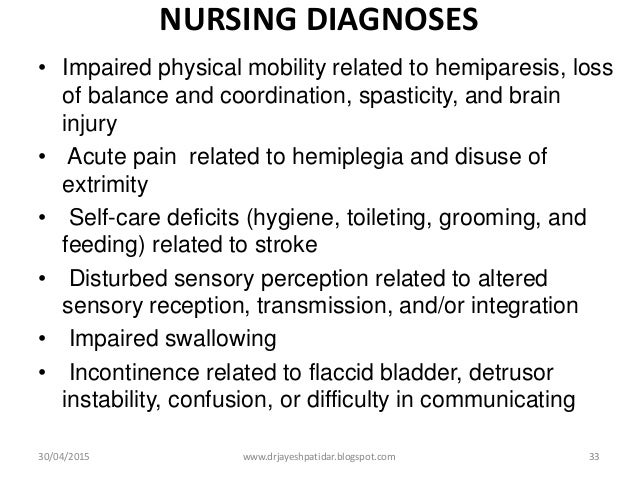
Extrinsic factors may or may not include pressure, friction, shearing, falls, immobility, and surgical procedures, among others.
#Impaired skin integrity skin
Intrinsic factors may or may not include diabetes, skin diseases, poor nutrition, or vascular diseases, among others. When skin is altered, the chance of infection, limb loss, and even death increases. Intrinsic and extrinsic factors affect skin integrity, but prolonged extrinsic factors make the skin more vulnerable to become injured or impaired. Skin that is vulnerable to injury, damaged, or unable to heal is considered to have a skin integrity issue. Moisturizing factors in older adults also reduce, thus causing dry, flaky skin and increased risk of skin breakdown. As skin ages, the junction between the epidermis and dermis thins and flattens, reducing circulation. Older adults are at a higher risk because of the skin aging process. Maintaining skin integrity equals maintaining skin health, and this includes people of any age. Despite positive characteristics, the skin is always susceptible to and at risk of injury and breakdown. Nursing care providers should use this assessment data to create an individual care plan based on the patient’s individual needs.The skin is the largest organ of our body, covering 18 square feet and weighing approximately 12 pounds. Self-care includes bathing, changing bed sheets every other day, and turning and moving frequently. Patients should also be encouraged to practice self-care methods to avoid further breakdown of the skin and promote wound healing.

Patients should be monitored regularly, and pressure areas must be covered with white wool or sheepskin. To help patients heal properly, impaired tissue integrity requires an individual care plan. Early identification of potential problems is important for determining proper nursing interventions and preventing further tissue damage. Nutritional evaluations should be made as well, as inadequate nutrition can exacerbate the situation. High-risk areas include bony prominences, skin folds, heels, and sacrum. Preoperative assessment should include determining the level of tissue damage and evaluating the patient’s skin and surrounding tissues. Moreover, identifying the difference between pus and serous exudate is crucial. While the presence of any of these symptoms is not an indication of infection, they may indicate the presence of other, deeper injuries. This condition is characterized by redness, swelling, pain, itching, drainage, and odor. Impaired tissue integrity entails the treatment of wounds with compromised integrity. Impaired tissue integrity may be a sign of underlying health problems that require nursing care. Additionally, patient education is essential. The goal is to reduce the risk of infection while promoting healing.

An assessment will be more accurate if the same caregiver performs it and uses the same techniques.

The wound’s depth, size, and granulation tissue are important factors. To determine the etiology of a patient’s wound, you must conduct an assessment. This case plan should address the following: Repair by the body Impaired Tissue IntegrityĪn Impaired Tissue Integrity & WoUND Care Nursing Case Plan describes nursing intervention for patients with a wound. This includes daily bathing, changing bedsheets at least twice a week, and turning every two hours. Patients should also be encouraged to practice self-care to promote wound healing and reduce pain.
#Impaired skin integrity free
Patients who have suffered an injury should be treated in a therapeutic environment free from friction, shearing, or pressure. Impaired Tissue Integrity & WoUND CARE: A nursing care plan for patients with a wound is critical to their recovery.


 0 kommentar(er)
0 kommentar(er)
